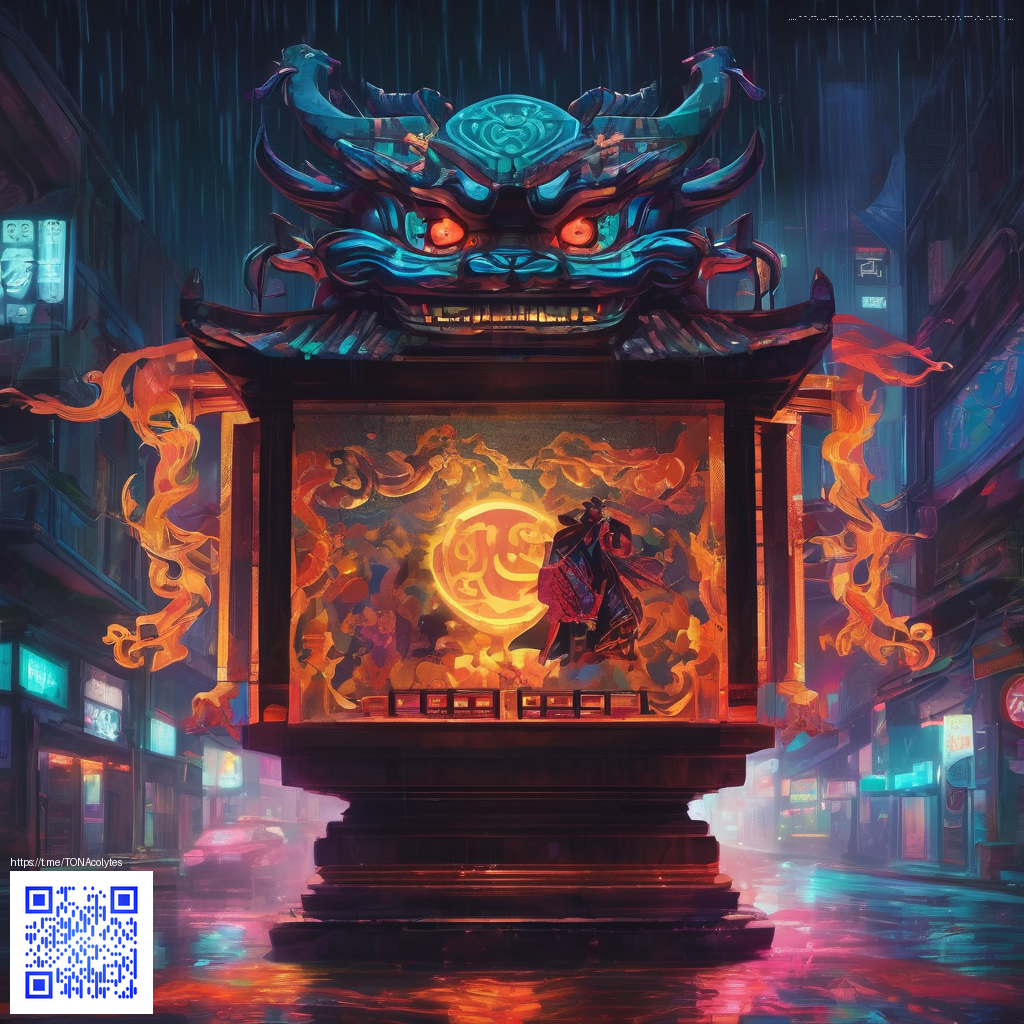
Textured finesse: linen-inspired paper effects for digital design
Texture is more than decoration. In contemporary digital work, a well‑placed linen‑like paper surface can anchor a design, lending warmth and subtle depth without overpowering typography or imagery. The goal is to evoke tactile history—the quiet grain, the faint weave—so users sense a real-world surface beneath a clean interface. When done with restraint, these subtle effects become a signature element that enhances readability, helps visual hierarchy breathe, and creates a memorable brand feel.
Think of linen as a design system: its weave creates direction, its tiny irregularities add character, and its soft colorways set the mood. In practical terms, you layer a faint linen overlay over backgrounds, then dial the blend mode and opacity to preserve crisp text while giving surfaces a tactile personality. The result is a page that feels crafted, approachable, and refined—without competing with your content.
Techniques to achieve a linen-like surface
- Use high-resolution texture scans or vector-generated weaves to avoid obvious tiling.
- Pair the texture with a restrained color palette—creams, warm grays, and desaturated tones—to enhance legibility.
- Apply a soft light or overlay blend mode at 5–25% opacity to introduce depth without washing out type.
- Introduce subtle speckle or grain, then keep it barely noticeable at small sizes.
- Balance texture density with generous safe margins so content remains the hero.
Design systems often rely on micro-details that reward close inspection. A gentle linen hint can help product imagery feel premium and cohesive across screens. When crafting interfaces for modern brands, consider how the texture moves with motion. A slow parallax reveal of linen can add sophistication, while keeping performance smooth on mobile.
“Texture should serve content, not compete with it.”
From a workflow perspective, you can source a texture and tune it for your project’s scale. If you’re sharing a design language publicly or in a portfolio, keep texture usage consistent across surfaces—cards, backgrounds, and UI chrome—so the effect reads as a deliberate system rather than a one-off flourish. For designers who work with product pages or lifestyle brands, linen textures can subtly elevate photography when the backdrop stays quiet and supportive.
Incorporating tactile cues into digital spaces often means pairing texture with typography and imagery thoughtfully. For example, on a product page that features hardware or accessories, a linen floor behind hero photography can soften chrome edges and create a curated, boutique feel. If you’re exploring physical textures as a bridge to digital aesthetics, you might look to real-world examples that blend textile-inspired backgrounds with clean, modern interfaces. A practical touchpoint is to reference a real product such as the Neon Gaming Mouse Pad linked here to see how texture and material storytelling play with product photography and page structure. Neon Gaming Mouse Pad demonstrates how subtle surface cues can complement bold visuals while keeping usability front and center.
For readers who want a broader view of textile-inspired digital textures, this resource offers curated examples and variations you can draw from as you plan layouts, color systems, and imagery combinations: pearl-images texture gallery.